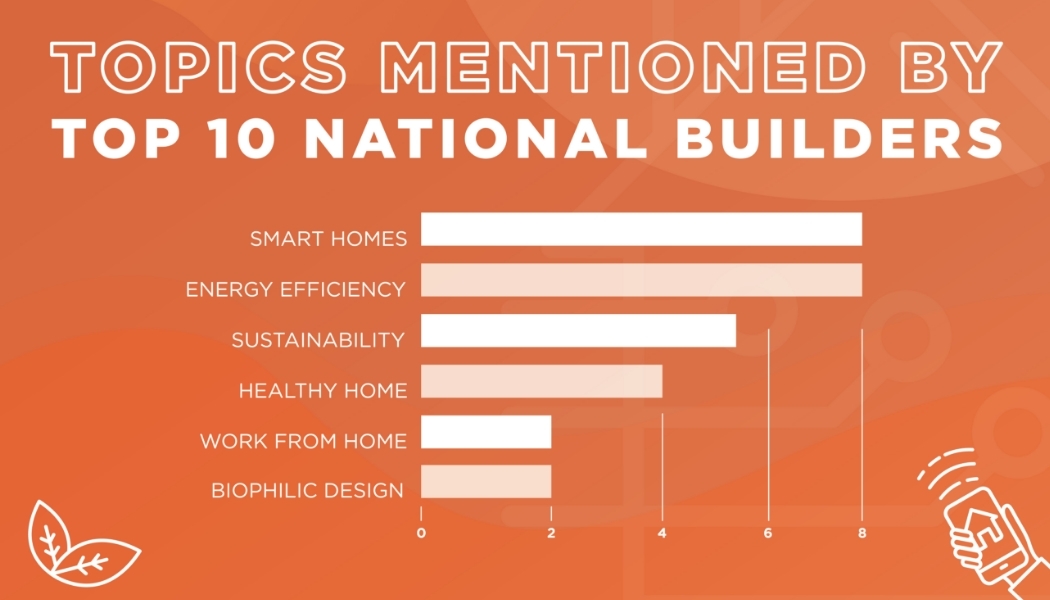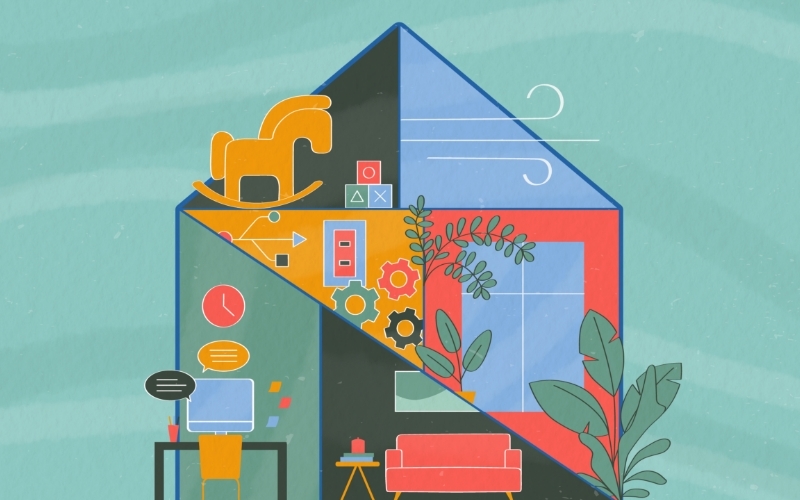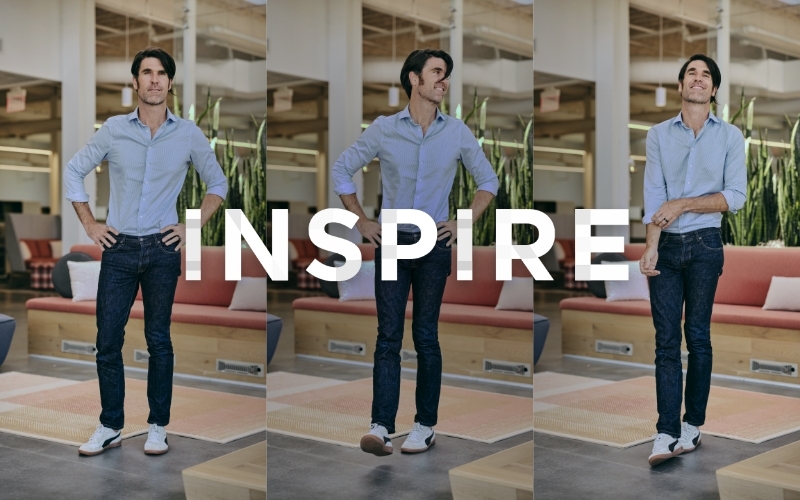1. Smart homes
Early on, it became clear to us that smart-home technology is top of mind for America’s top builders: Eight of the 10 builders we examined lead with smart-home messaging.
When the smart-home market first entered the scene, it mainly consisted of programmable thermostats and doorbells. Nearly a decade later, smart-home technology is decidedly mainstream. Today, the same homeowners who may have once thought of these highly tangible features and benefits as unattainable don’t simply want them — they expect them.
According to a December 2021 Home Innovation Research Labs poll, “Many builders said they had been caught off-guard by the expansion of home tech and were scrambling to keep up with the expectations of a new wave of tech-savvy buyers.” Now, some of those same builders are making fully automated smart homes the standard rather than the exception. Their buyers, in turn, can control their thermostats and doorbells but also their lights, appliances, garage door, door locks and more with the simple tap of a button on their smartphone or even via voice commands.
KB Home touts its commitment to building smarter homes, defining smart technology as “a way to enjoy a higher quality of life with more convenience, energy savings, security and well-being.”
Despite many builders’ significant focus on smart-home solutions, it’s important to note that those marketing their homes as “affordable” often have to make tradeoffs in order to control construction costs. For some builders, this may mean downgraded materials and smaller spaces; for others, it may mean less advanced technology comes standard. On the other hand, it may simply mean the builder does not include smart-home features in the basic package, yet they may offer them as an upgrade. This route helps control base pricing while providing the option for more.
2. Energy efficiency
Like smart-home features, energy efficiency is an important theme for eight of the top 10 national builders. While always attractive, energy-efficient measures became more critical — and more rapidly adopted — in lockstep with skyrocketing energy prices over the past year. The benefits of energy efficiency, which saves money and helps the planet, are also easily understood by consumers.
New Home Trends Institute researchers note that energy efficiency is a top consideration. According to NHTI’s recent Future of Home Design Insights report, “Energy efficiency drives home design choices more than entertaining or privacy.” Furthermore, “Most architectural designers are already implementing building envelope solutions, mechanical system optimization, and solar panels.”
3. Sustainability
Five of the builders we analyzed devote content and other resources to sustainable homebuilding practices.
For example, some tout Energy Star–certified ratings or awards and recognition from agencies such as Environmental Protection Agency, Sustainability Accounting Standards Board and Environments for Living. Several builders mention continuous efforts to “improve upon their environmental stewardship” or describe how they utilize renewable resources to reduce their carbon footprint.
However, these builders don’t promote their green initiatives as often or as predominantly as some might expect. After all, sustainability is not easily understood, and it can be challenging to measure the benefits. According to Allie Martin, manager of design trends for John Burns Real Estate Consulting, consumers won’t really know the true value of sustainable homes unless their builder takes the time to educate them better.


